Report this entry
More from the same community-collection
Albert, Henry, and Louis Horowitz
The image shows Albert, Henry, and Louis Horowitz, two sons and ...
Emma Moreno, Norma Stoltz, and Amalia Morena Stoltz
These beautiful women and the little girl are Emma Moreno, Norma ...
Ramirez Family - 1937 - El Paso, Texas
The image shows Beatriz and Ruperto Ramirez and their children: ...
Father Lourdes F. Costa - El Paso, Texas
Father Lourdes F. Costa arrived in El Paso, Texas in 1912. He ...
Juanita, Maria, Jesus and Raquel Hernandez - El Paso, Texas
The image of the four brothers and sisters Juanita, Maria, Jesus ...
International Bridge 1910's - El Paso, Texas
The image shows the International Bridge connecting El Paso with ...

















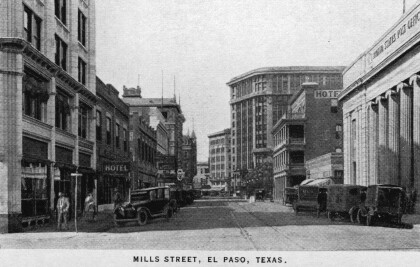
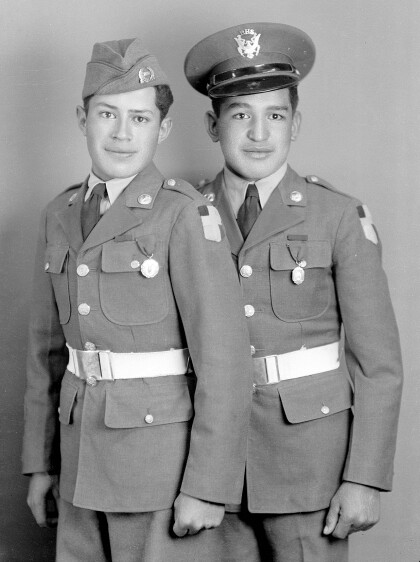
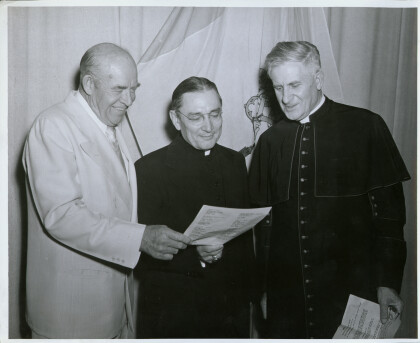
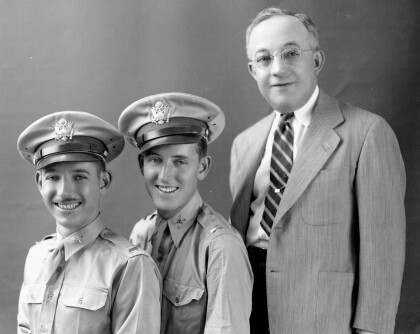
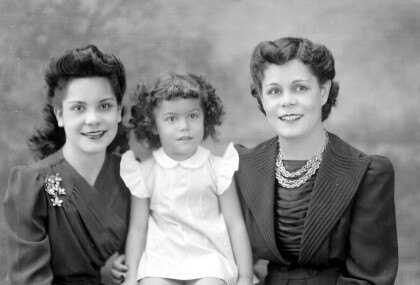
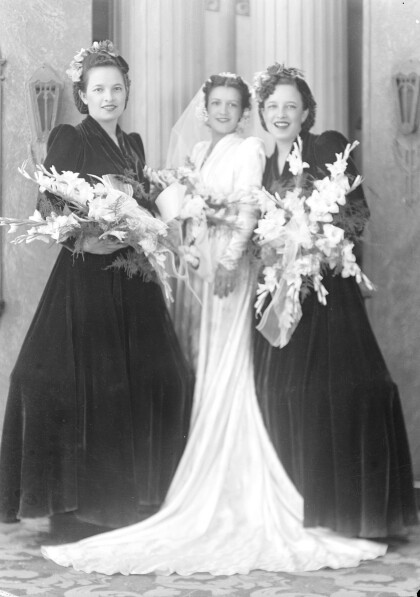
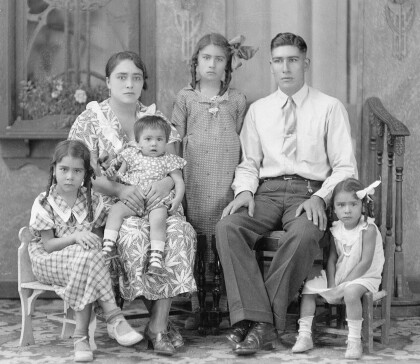
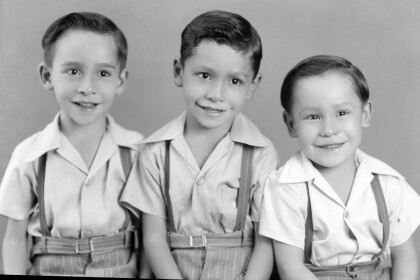
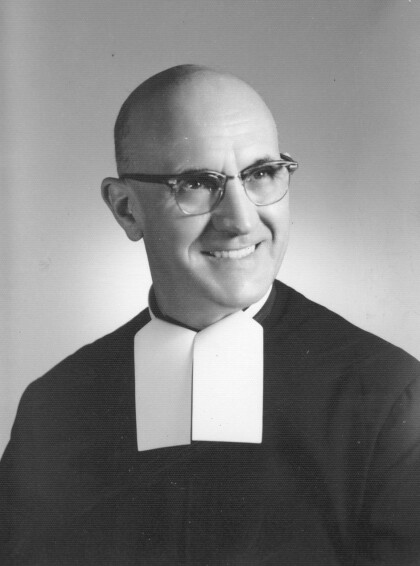
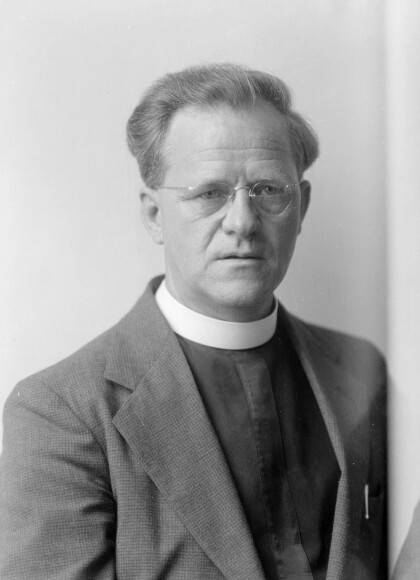
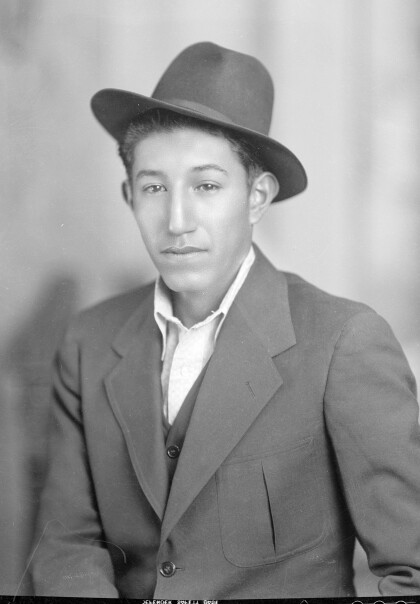
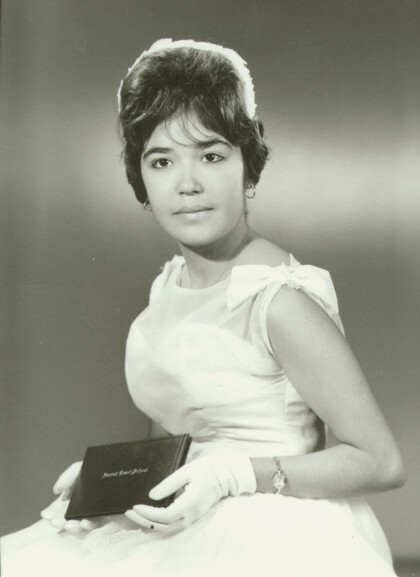
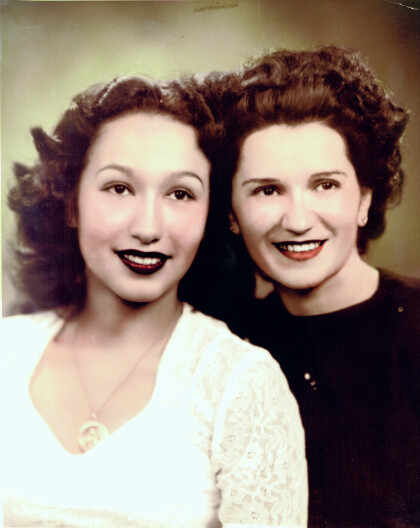
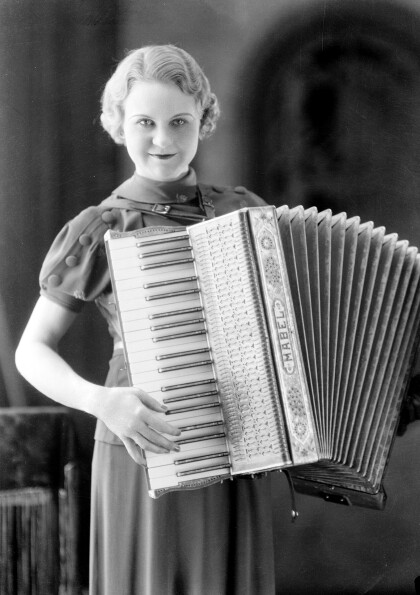
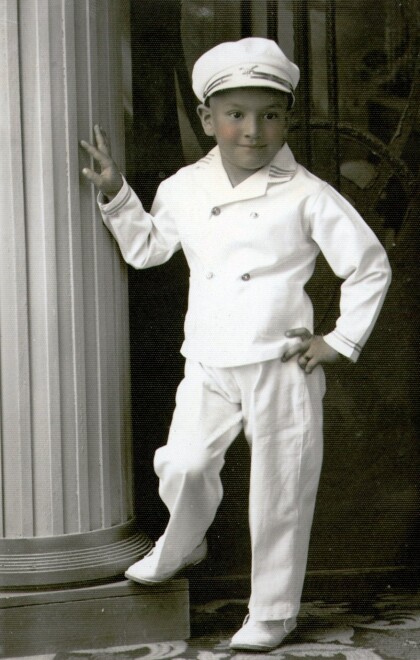
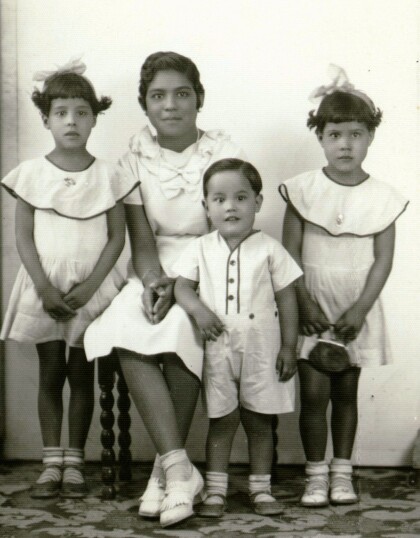

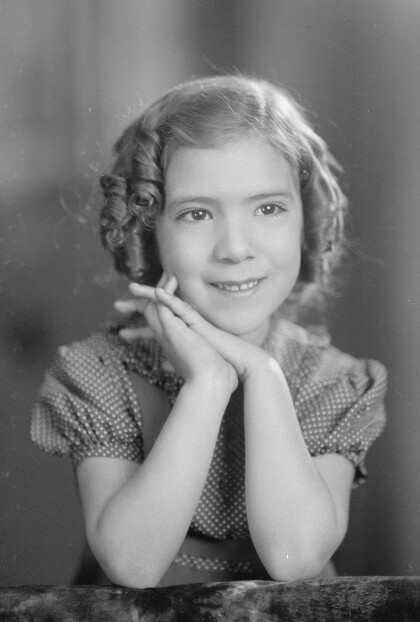
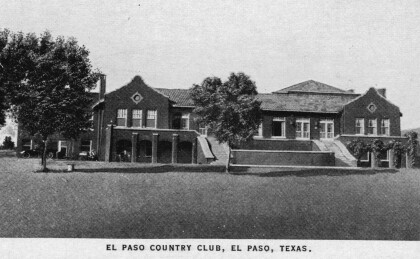
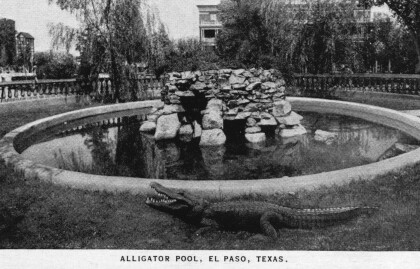
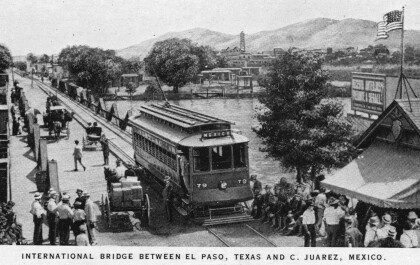
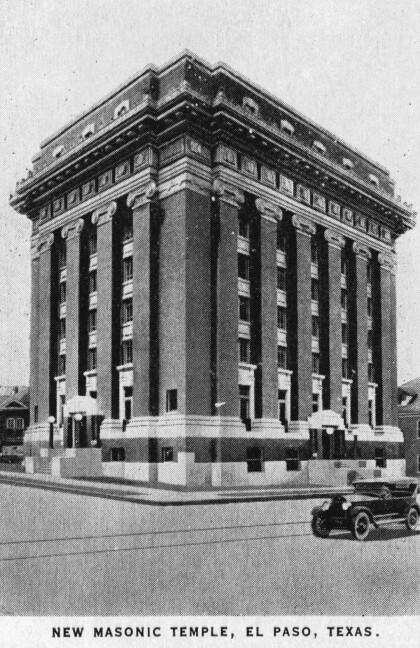
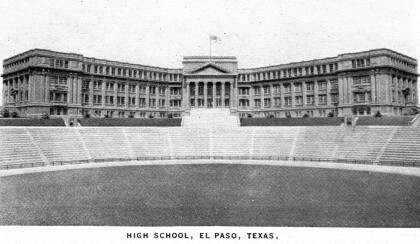
Comments
Add a comment